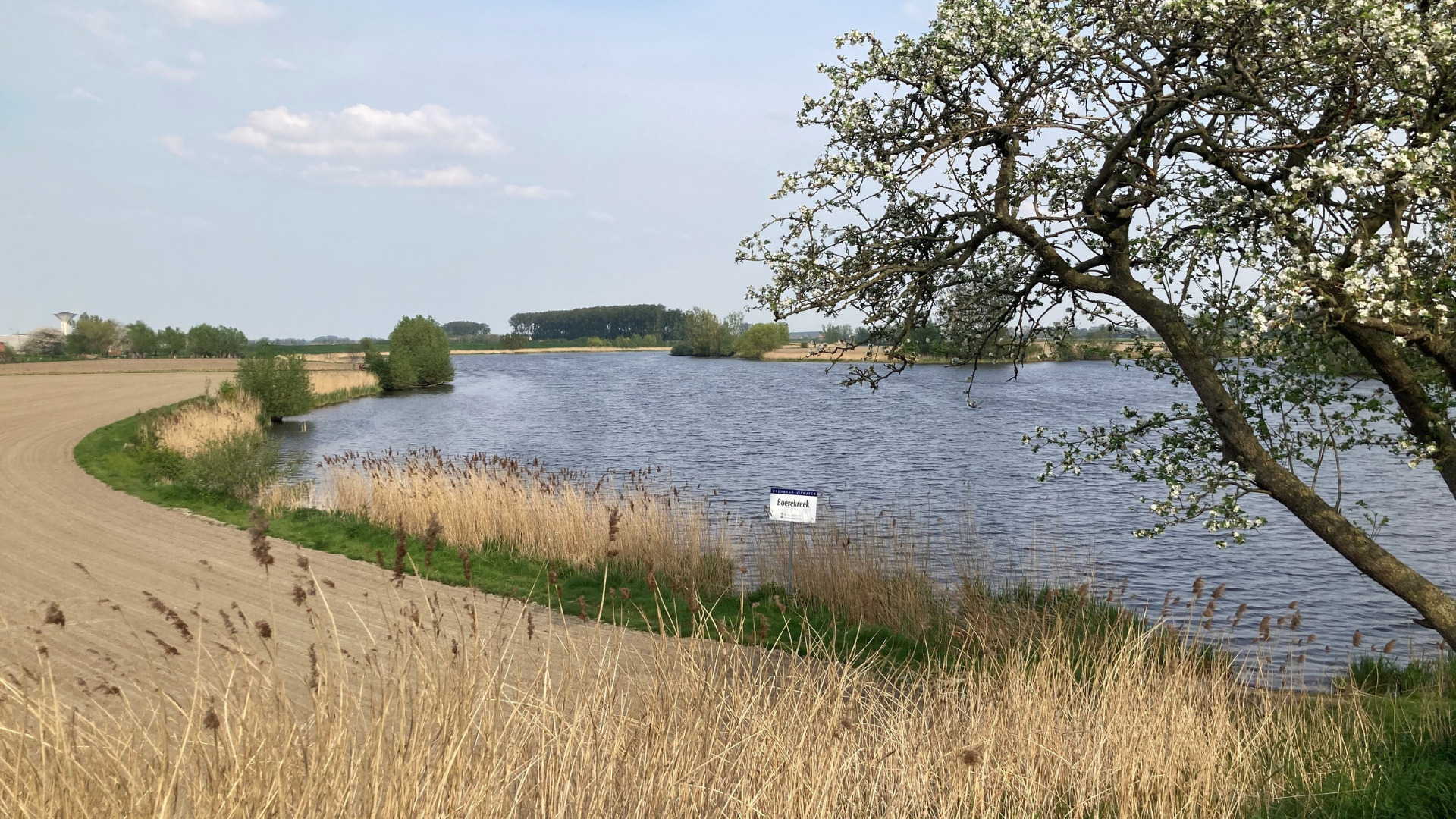The campaign ‘Looking at the university differently’ (info in Dutch) shows the power of science at UAntwerp. We selected a number of research projects that exemplify our core values: connection, innovation, impact and quality. Cross-faculty collaborations, which benefit society as a whole, are a good example of this. In this series, we highlight such exciting collaborations.
For the TURQUOISE research project, coordinator Jan Staes (Department of Biology), Jan Cools (Institute of Environment and Sustainable Development) and Steven Van Passel (Department of Engineering Management) joined forces. The project wants to find out how we can raise the groundwater levels in Flanders, and how we can implement the solutions sustainably.
The low groundwater levels in Flanders are worrying, and this has to do with various factors. First of all, much ground in Flanders is used for buildings, yet at the same time there are many canals. As a result, the water cannot penetrate the soil and quickly flows away, either directly into our water treatment plants or into the sea. Flemish agricultural areas also face problems due to soil hardening. The use of heavy agricultural machinery compacts the soil, making it difficult for rainwater to seep through. As a result, the average groundwater level in Flanders fell from 68 cm to 85 cm below surface level. On an annual basis, Flanders loses about 1,128 million cubic metres of water, which is about 53% of its natural water supply capacity (2,160 million m³/year).
With the TURQUOISE project, researchers at the Department of Biology, the Institute of Environment and Sustainable Development and the Department of Engineering Management are developing solutions for this problem. They do this in cooperation with KU Leuven and the Flanders Research Institute for Agriculture, Fisheries and Food (ILVO).
‘We need to make better use of precipitation surplus to bridge periods of precipitation deficit.’
Jan Staes
In each other’s way
‘Drought is an environmental problem’, says project coordinator Jan Staes. ‘However, there are no owners of the environment, which means that you are always in each other’s way when looking for environment-based solutions. So we are actually doomed to work together’, he laughs. ‘We can already observe that our weather pattern is becoming less inconsistent and that we are more likely to have both extremely wet and extremely dry periods. If we want to tackle both flooding and water shortages, we need to restore our landscapes’ hydrological processes. We will have to make better use of periods of precipitation surplus to bridge periods of precipitation deficit.’
For the water to infiltrate the ground better, the rain needs to be better captured, both in agriculture and in nature. The main research topic of TURQUOISE is to study which blue-green solutions work best (blue because they are about water, green because they are natural, ed.). Is it the construction of ponds and infiltration basins? Or is it more likely to be the installation of buffers in canals? Will we have to start redirecting water from rivers or canals to storage elsewhere? The TURQUOISE research team will soon find out.
Moreover, the cooperation between the three departments ensures that not only the best solutions are found for the water problems in Flanders, but that they are also quantified and that it is examined to what extent third parties, such as farmers, want to participate in the solutions.
Costs, benefits and farmers’ willingness
Finding the best solutions is one thing, but the costs and farmers’ willingness to cooperate are also part of the story. The EnvEcon research group from the Faculty of Business and Economics joins the project to study farmers’ willingness and to try to increase it. ‘We look at the costs and benefits at the technology level’, says Steven Van Passel. ‘We study the social costs and benefits to support decisions. And we will also look at farmers’ willingness to pay. To what extent are they willing to go along with certain measures and plans? How can we tailor the technology to their needs and wishes? After all, the individual farmer does not have to bear all the costs, because they do not get all the benefits either.’ EnvEcon works closely with ILVO to get answers to these questions.
Better capture, better infiltration
The weather is becoming more and more extreme and this effects our groundwater levels. For example, it rained a lot last February, but then it was bone dry in March and April. The ultimate goal of the TURQOUISE project is to be able to collect rainwater in an appropriate way, so that it can infiltrate the soil and thus we can better bridge drier periods.
“Cooperation between three departments ensures not only the best solutions, but also the willingness to participate in the solutions of third parties, such as farmers”
Steven Van Passel
The research project started in October 2021 and will last four years. ‘This cooperation between researchers, farmers and authorities is particularly innovative’, says Jan Cools. ‘We are familiar with the large water system models that simulate the impact of large interventions, but we have somehow lost sight of the local scale’, adds Jan Staes. ‘At the end of the project, we should know which blue-green solutions have the most impact, but also how we can implement them so that they are supported by all those involved’, concludes Jan Staes.
Get to know more about this project.
About the campaign ‘Looking at the university differently’:
Smartphones working with bacteria. Measuring air quality with a doll. Exploring space from underground… Sounds absurd? It might seem that way, but these are all examples of creative research done at UAntwerp. Because our students and researchers think differently. Do things differently. And then surprising stories follow. Discover them (info in Dutch).
Find out how we want to position UAntwerp (login – info in Dutch).


